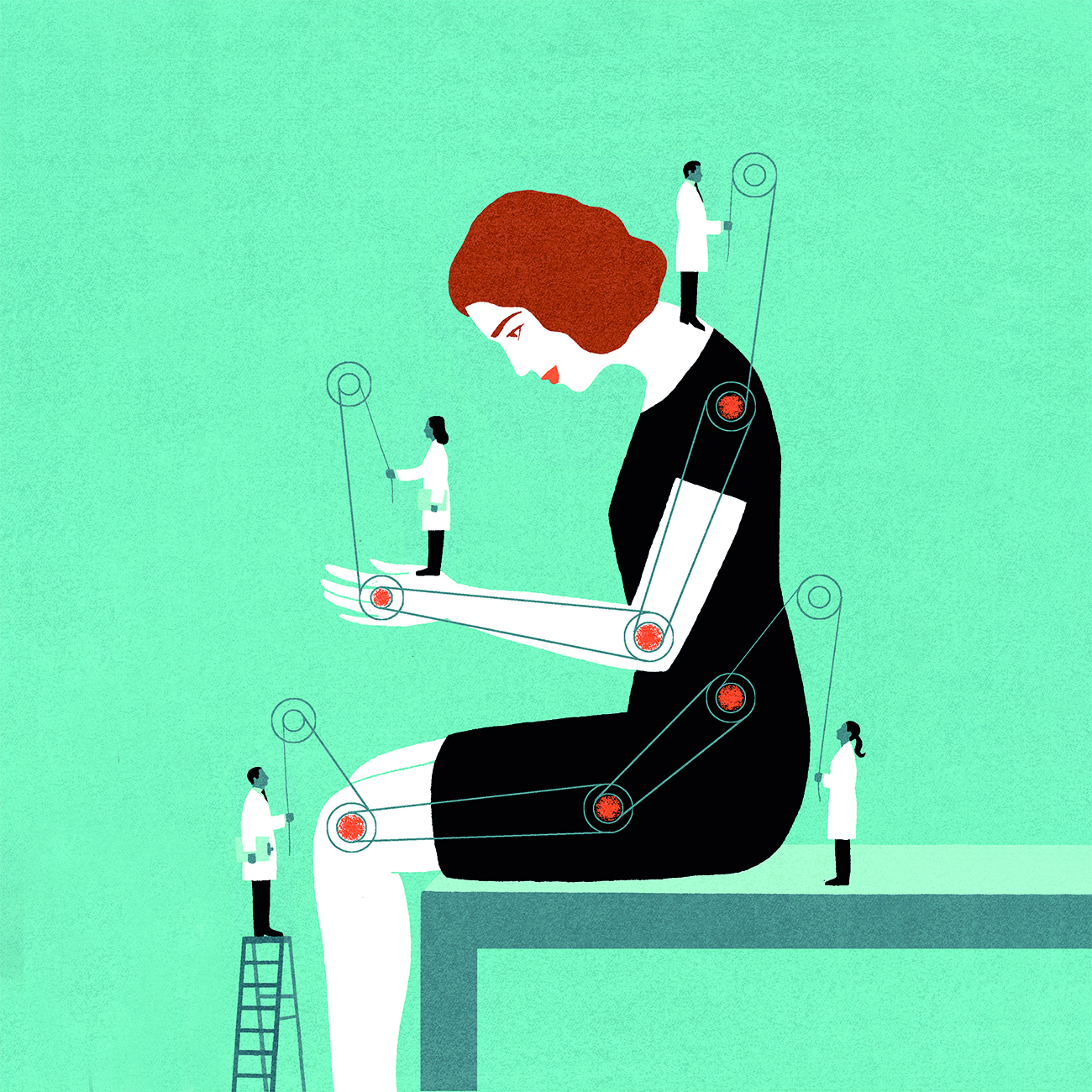Shedding Light on Arthritis
Arthritis isn’t an individual or age specific disease -- it can affect anyone from a new-born baby to a 90 year old senior citizen. It is an autoimmune disease that isn’t limited to just one type or one specific symptom. (based on the event organized by

About 10-20 years ago, when we spoke about communicable and non-communicable diseases, mainly the discussion focused mainly on which of should be given more emphasis. Today, it has been learned that we need to prioritize non-communicable diseases just as much and possibly more than communicable diseases. It started with diabetes, blood pressure to thyroid and arthritis as well. If we look back at medical practices of the past, it is noticed that arthritis and such other non-communicable illnesses were taken as curses and misfortunes. As medicine advanced along with awareness and information, we all learned that arthritis as we know it is not a misfortune but a mere disease.
Arthritis can affect the patient’s muscles or heart or bones or eyes. It is not limited to any one part of the body and has been categorized into different types of symptomatic arthritis ailments. Arthritis is generally divided into 3 distinct groups, the first of which is the Juvenile group. This group is related tot eh age range from infants to 15 years. Similarly, the 15-40 age group are called the dult group and the 40 plus cases are categorized as the Elderly Group. The main types of arthritis that can be understood are Osteoarthritis, Rheumatoid arthritis, Gouty arthritis, Childhood arthritis. Arthritis, as has been established, is an auto-immune disease, which means a specific cause is unknown and yet to be discovered. There are a few types that are related to various other types of diseases which can be genetic or congenital. For instance, if a member of the family suffers from a disease, that disease may pass on genetically to the new-born in the family.
There are various cases where the symptoms that are seen in a patient are blindly accused of being due to witchcraft by superstitious eyes. These symptoms are directly associated with a type of arthritis rather than any supernatural phenomenon. Similarly, there can be cases of arthritis affecting a person only after s/he has been affected by an infectious disease, for instance tuberculosis, which points out that arthritis can affect a person after contracting a communicable disease. However, it is not only communicable diseases that can bring out arthritis symptoms. Ligament problems, muscle problems, bone decay can also affect the patient into suffering from a form of arthritis.
Treatment
Symptoms like morning stiffness that lasts upwards of half an hour can affect an individual without any other visible factors. There are aggravating factors that might result in experiencing arthritis, be it due to exercise or due to faulty diet. Such onsets are taken into account before definite conclusion is reached for proper treatment. The main precaution is to understand the history of previous and current health condition of the body. It creates an easy opportunity to not just learn about the onset of problems created by arthritis but also about when the problem actually began. Arthritis that affects a person completely and quickly in a few minutes to an hour is called Acute Onset Arthritis. The medical practitioner can check the progression of arthritis, which can from early onset to chronic onset of the disease.
There can be many different external factors that may result in arthritic problems. For instance, a person suffering from tuberculosis, and a patient of diabetes may face arthritis problems. There may be increasing skin problems that may be a cause of arthritis or even the result of severe arthritic pain. However, once the cause or the beginning of the problem is determined, tests can easily be conducted to determine a definite course of action and the disease can be cured properly.

Dr. Arun Kumar Gupta
Senior Consultant: Rheumatologist
Norvic International Hospital


